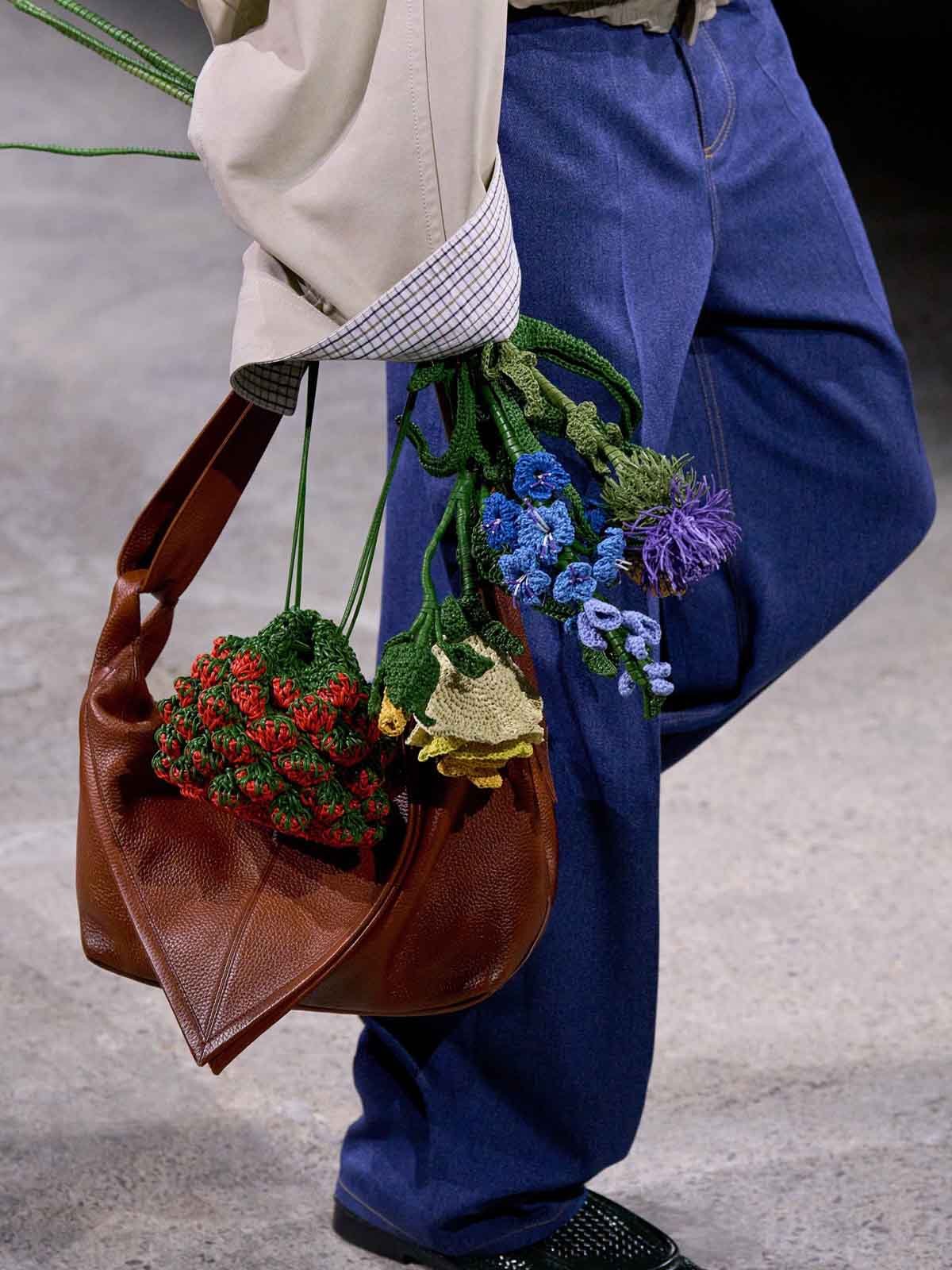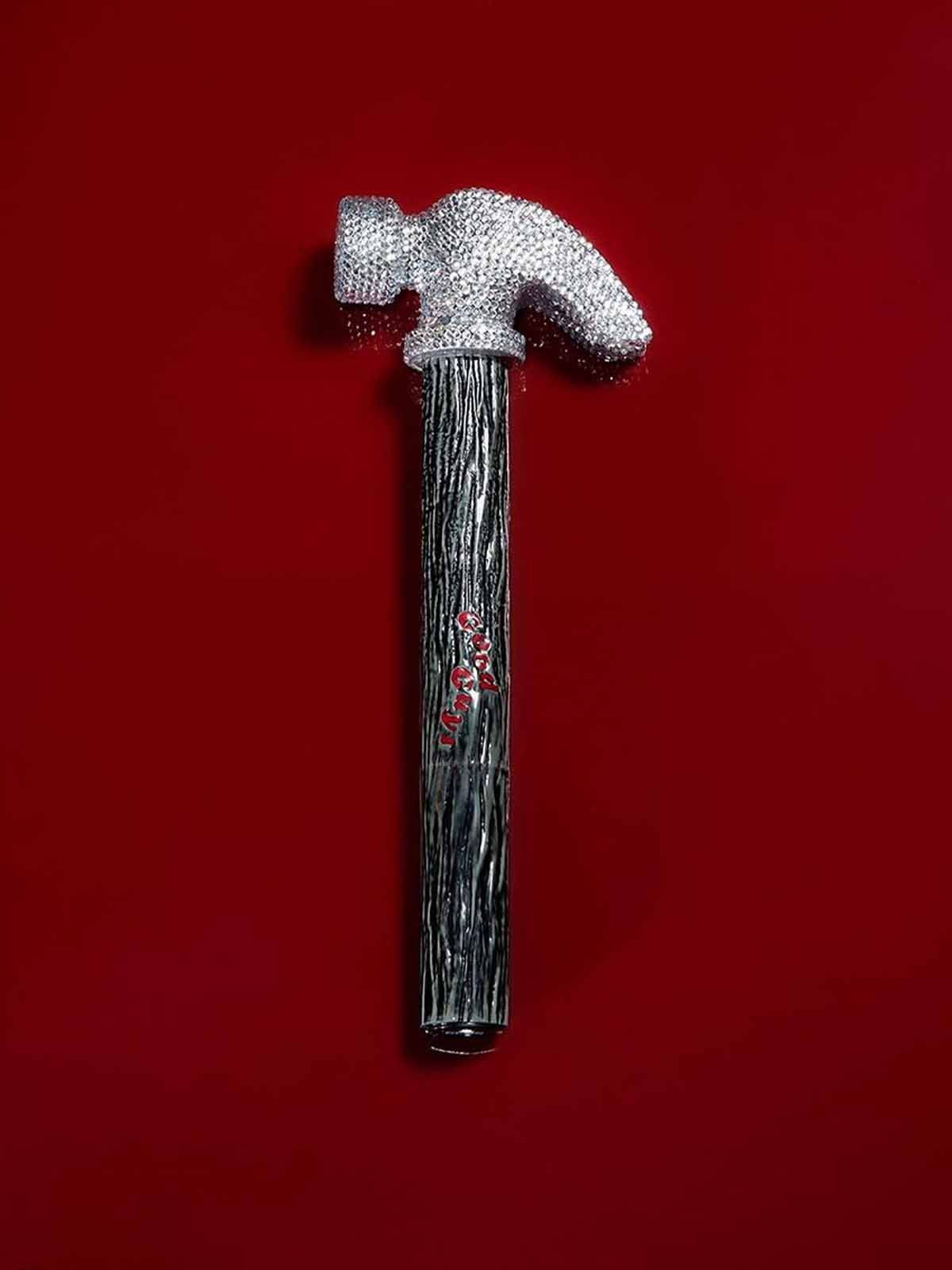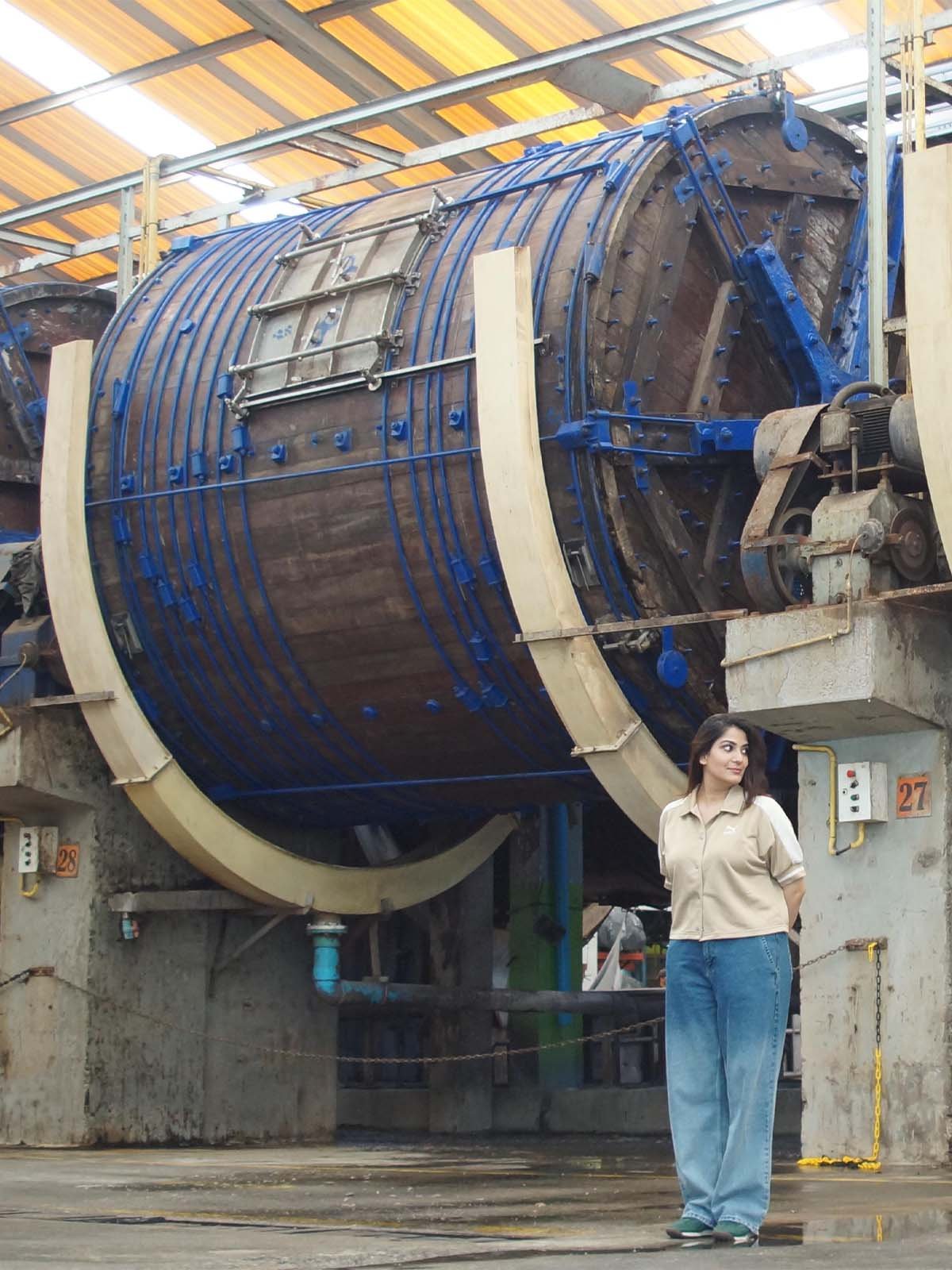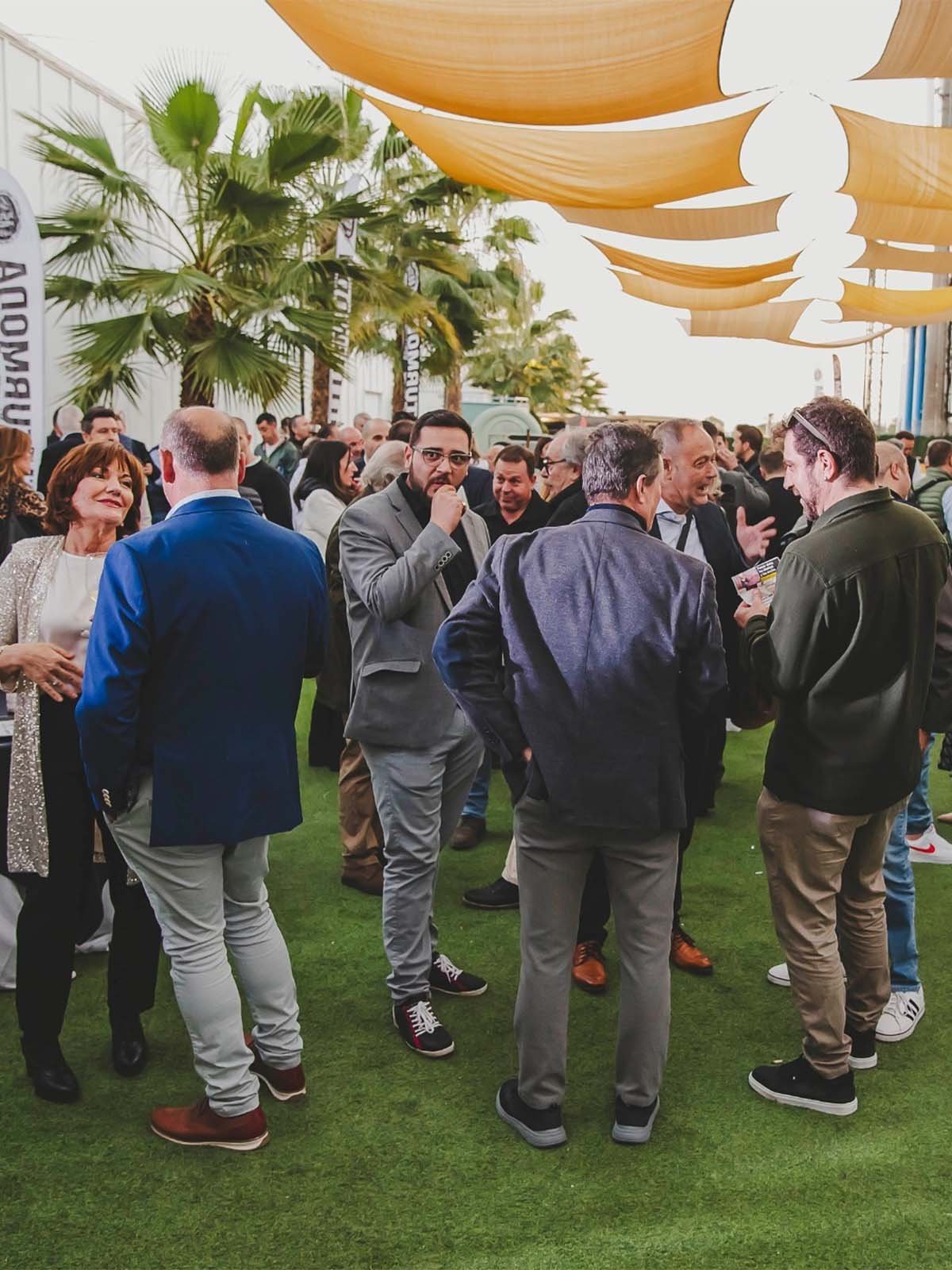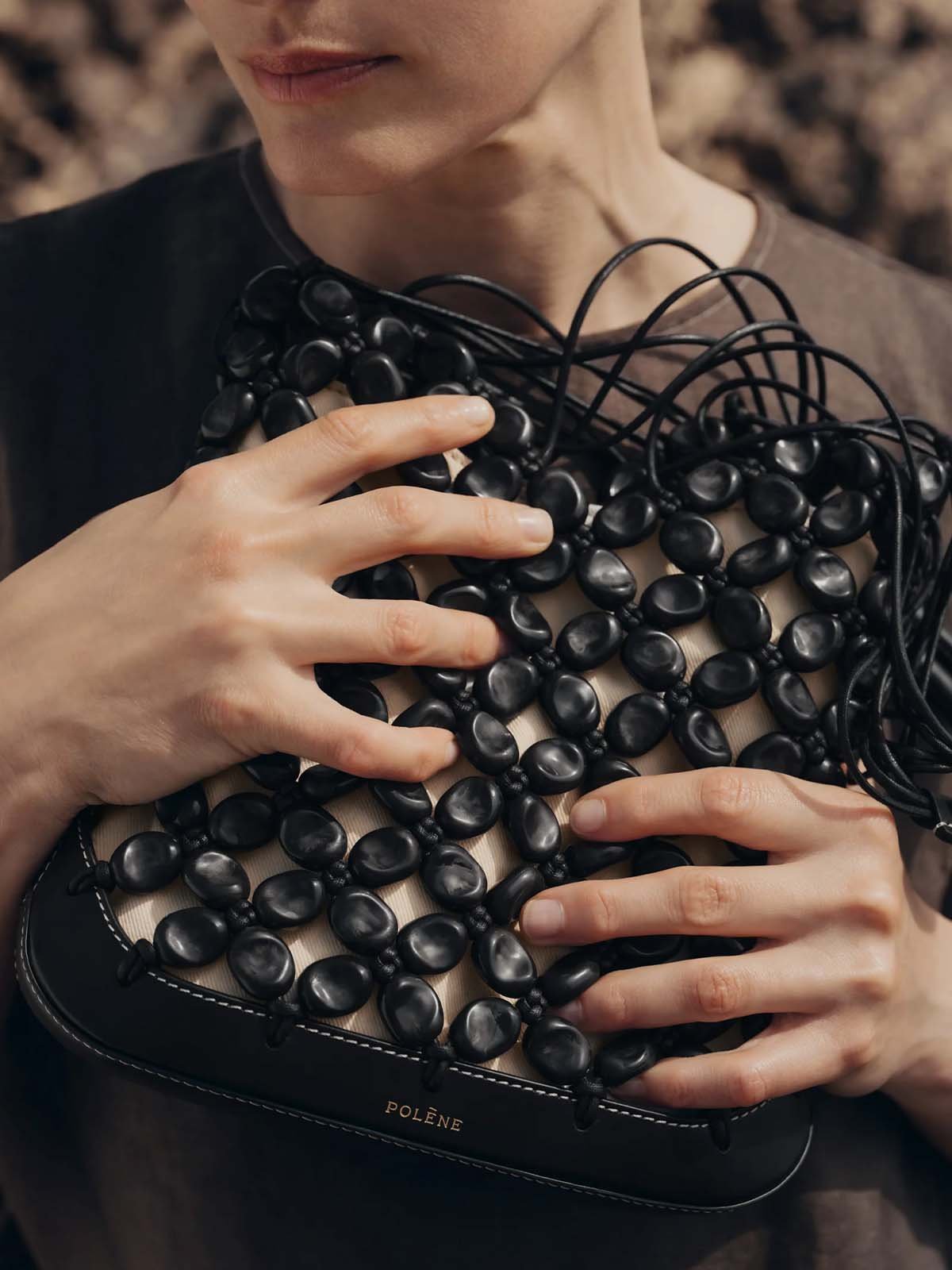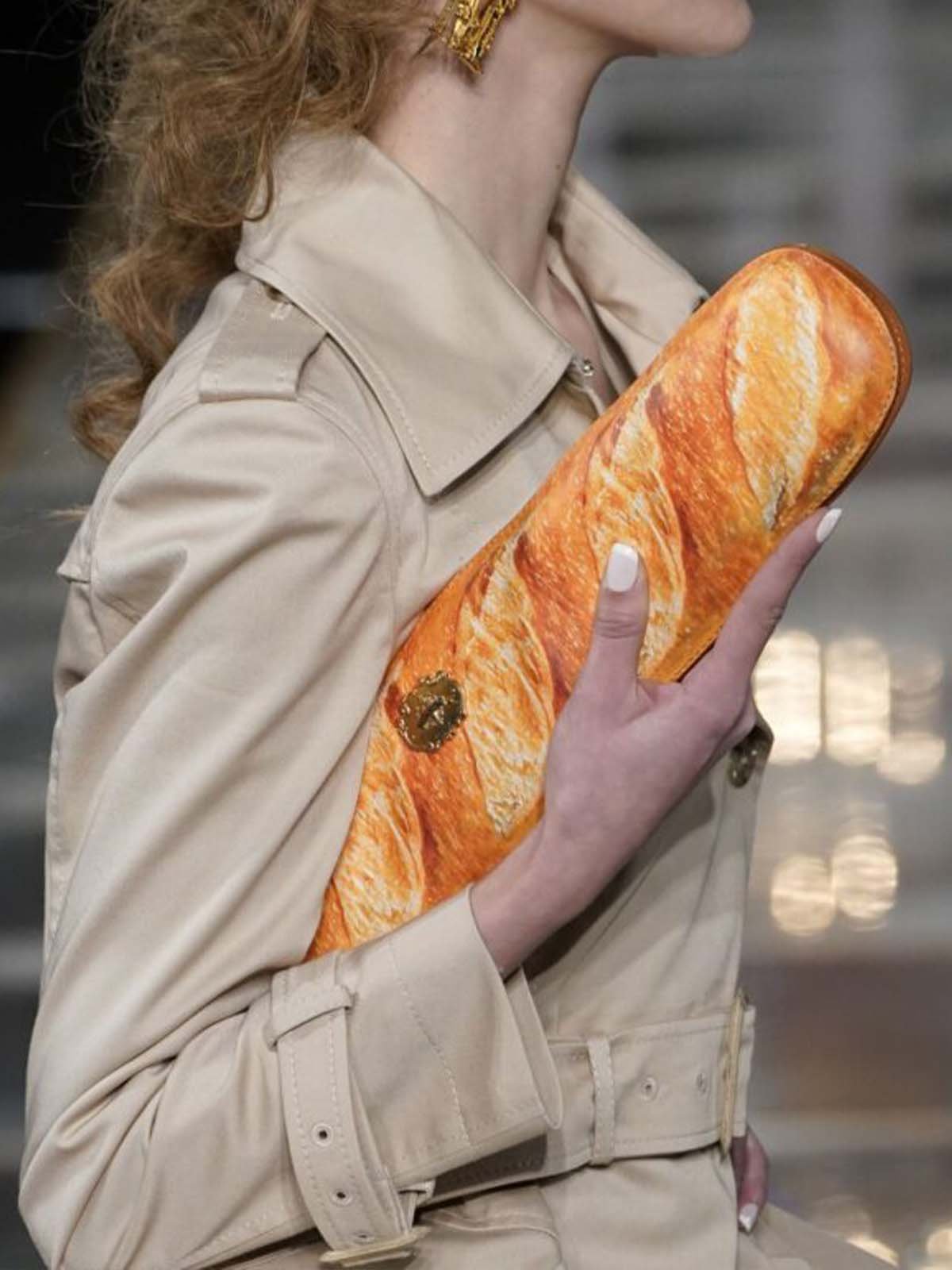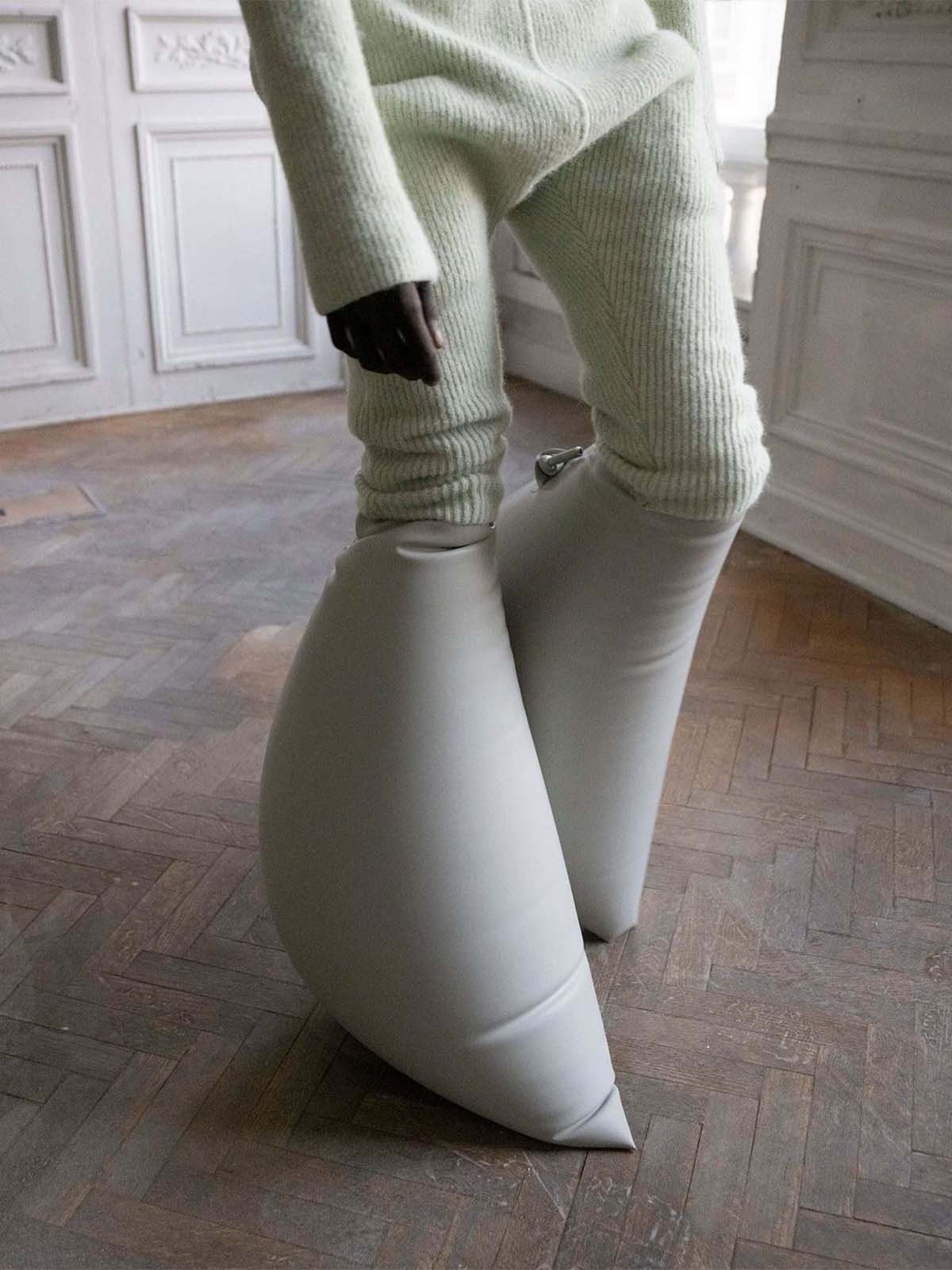News
Fendi celebrates the Korean art of Maedeup with its new Baguette
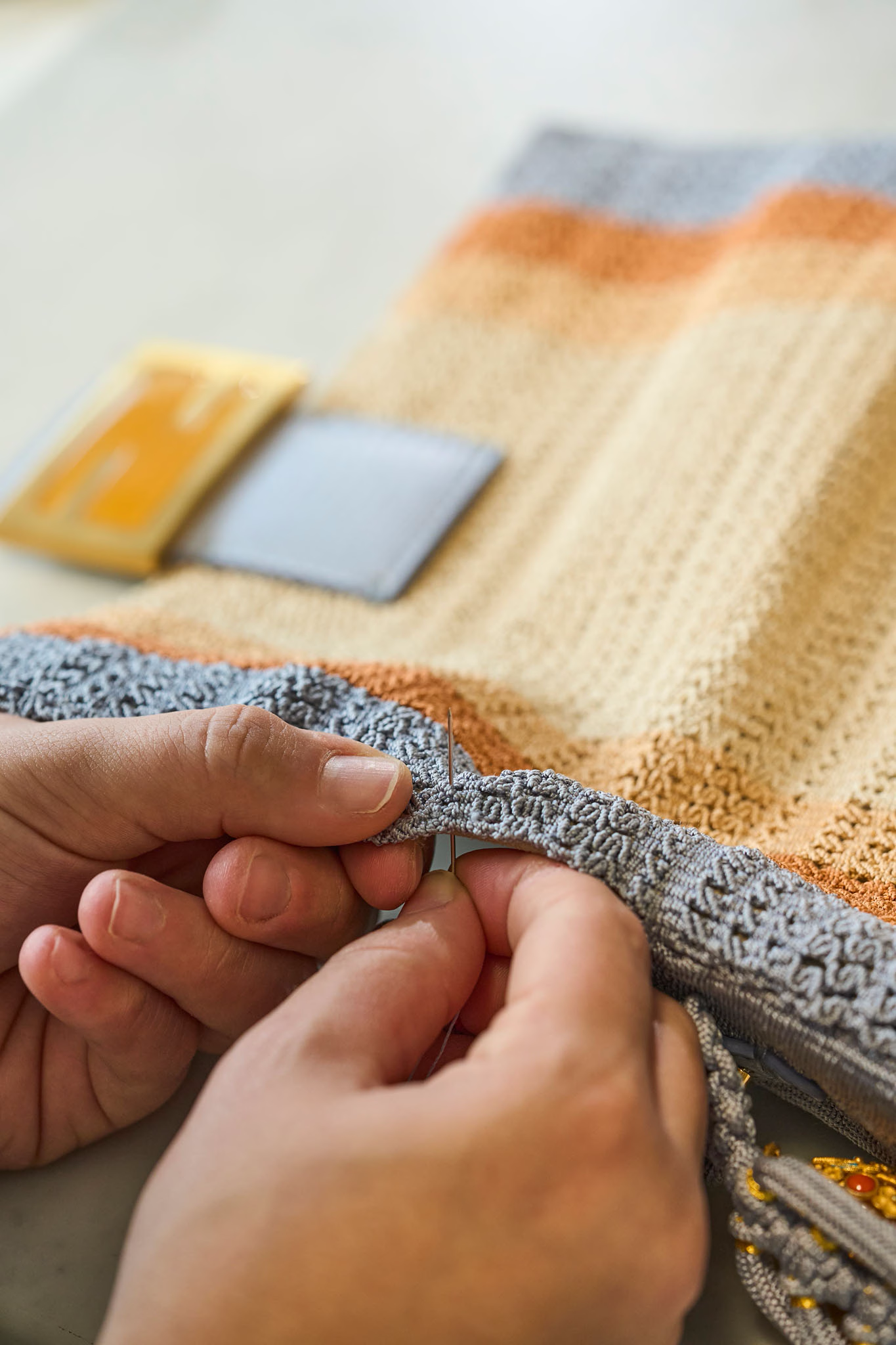
Credit: Fendi
For the Hand-in-Hand project, Fendi has collaborated over time with master artisans from Italy and around the world to reinterpret the iconic Baguette bag and enhance the value of craftsmanship. This time the homage is to South Korea, with artist Kim Eun-young, an expert in the art of maedeup, a traditional technique that transforms a single thread into decorative knots.
But what is maedeup? It is an ancient art of creating ornamental knots with symbolic meaning, used historically to embellish accessories and decorations. There are about 38 traditional variations of it, developed during the Joseon Dynasty, each representing natural elements such as lotus flowers and dragonflies, symbols of good luck and protection. The distinguishing feature of this technique is the symmetry of the design, as each knot must be exactly the same on both sides.
Craftsmen who specialize in maedeup use different types of rope: the “dongdahoe” for thinner accessories, the “gwangdahoe” for wide belts, and the “gyeokdap” for ceremonial ornaments. The making of each piece follows a meticulous process divided into four stages: the dyeing of the thread, usually silk, the creation of the rope (dahoe), the working of the knots (maedeup), and, finally, the addition of the tassels (sul). Originally, each step was entrusted to a different artisan, while today a single artist masters the entire process.
For her Baguette, Kim Eun-young chose mangsu knots, an ornamental technique once reserved for the ceremonial robes of the Joseon Dynasty. The creation required the use of two tools: the cone loom, used for circular and three-dimensional knots, and the flat loom, which maintains tension on linear knots. The Baguette's color palette recalls the warm tones of a sunset seen from Munsuam Temple, west of Goseong in Gyeongsangnam-do Province, evoking not only art but also the essence of Korean culture.
